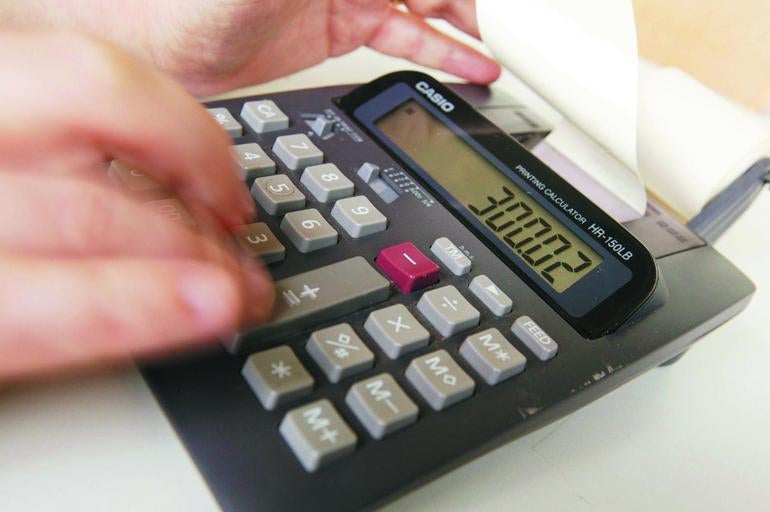
Business reporters consider themselves superior to other journalists for many reasons.
In particular, they love to see non-specialist reporters getting confused about the difference between a balance sheet and a profit and loss account. This is a bit like including a grocer’s apostrophe in your copy. It’s a fairly good signal that you’re talking out of your backside.
The P&L records trading performance over 12 months. By contrast, the balance sheet is a snapshot of assets and liabilities, taken by an accountant on a specific date. Importantly, it also tells investors how a company is funded – whether by debt (probably from a bank) or equity (folding stuff ponied up by shareholders).
Take a deep breath and refer to sites like www.moneyterms.co.uk for help.
Return on capital
Imagine that you set up a business. You invest £60,000 in it. In year one, you make a £20,000 profit. Hey presto – your return on capital is 33 per cent.
Debt
For most households, mortgage payments are the major determinant of disposal income. Companies are no different. Debt is often a big deal.
The balance sheet will tell you whether a company’s indebtedness is growing or declining. And it will tell you who is doing the lending. Companies measure debt-to-equity and debt-to-capital ratios. The lower the ratio, the better.
More debt
Frequently accountants will ask this question: How many times over could a company’s annual profits pay off the interest it owes on loans?
Preferably, the answer will be: Twice over. To find out the ratio for a particular company, use this calculation:
Interest cover = Profits before interest and taxes / Net interest paid
Enterprise value
How do you value a quoted company? One route involves calculating Enterprise Value. To calculate this, add together the following:
- Market capitalisation (in other words, the value of all the company’s issued shares)
- The value of all debts
- The value of any other liabilities: For example a pension fund deficit
By calculating Enterprise Value, you’re asking a simple question: ‘How much would it cost to buy this business free of its debt and other liabilities?”
If a source is plying you with valuations for a particular company, try asking whether they are talking about Enterprise Value.
Email pged@pressgazette.co.uk to point out mistakes, provide story tips or send in a letter for publication on our "Letters Page" blog






